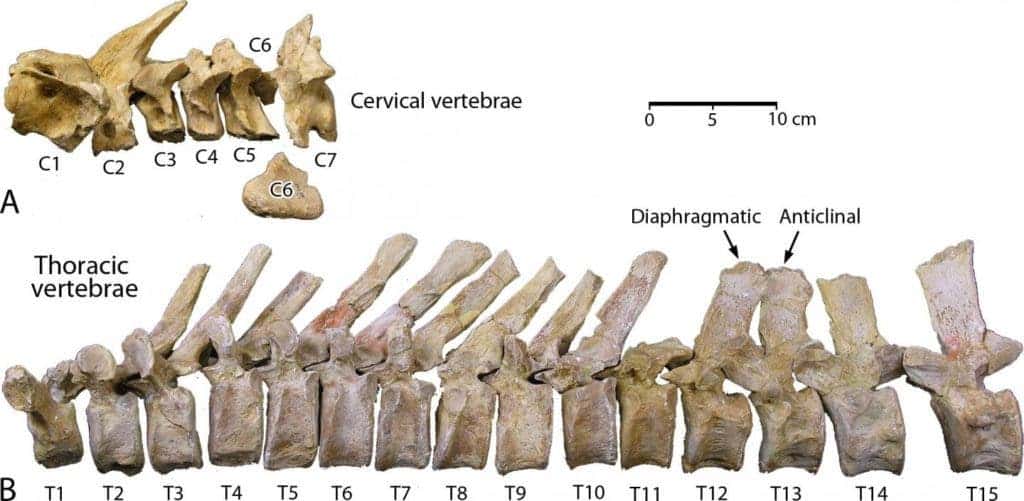A newly-described fossil whale is helping researchers understand how these mammals transitioned from walking on dry land to swimming in the ocean.

Image credits Gingerich et al., (2019), PLOS ONE.
Whales (infraorder Cetacea) are fully-aquatic creatures — but this wasn’t always the case. Back in the Eocene, a geologic epoch ranging from 56 to 34 million years ago, a group of early whales (protocetids) transitioned from living on land to a semi-aquatic lifestyle. Unlike modern-day whales, they didn’t rely on tails for propulsion but swam and walked around with the same set of limbs.
A study describing a newly-discovered protocetid species, Aegicetus gehennae, is helping researchers piece together how the group started transitioning from an amphibian lifestyle to a fully-aquatic one.
These boots were made for swimming
“Early protocetid whales living 47 to 41 million years ago were foot-powered swimmers, and later basilosaurid and modern whales — starting about 37 million years ago — were tail-powered swimmers,” the study explains.
“The late protocetid Aegicetus was intermediate in time and form, and transitional functionally in having the larger and more powerful vertebral column of a tail-powered swimmer.”
The study, led by Philip Gingerich of the University of Michigan, reports that the new species represents an important link in the evolutionary path of whales and whale locomotion.
Fossils of this species were first discovered in the Wadi Al Hitan World Heritage Site in the Western Desert of Egypt back in 2007. It is the youngest protocetid known so far, dating to around 35 million years ago. It’s also one of the best-preserved species of its family, and the best-preserved early whale fossil — one full skeleton in exceptional condition and a second partial specimen were retrieved from the site in Egypt.
Compared to its more ancient relatives, the team reports, Aegicetus gehennae had a more elongated body and tail, smaller hind legs, and lacked a hard connection between the spinal column and its hind limbs. All of these traits, but the last one more so than the others, are adaptations seen in fully aquatic species.
The shape of its body resembles that of other ancient whales, the authors note, which was likely well-suited for swimming through undulation of the mid-body and tail — pretty much the same swimming style of crocodiles today. This style might represent a transitional stage between foot-powered and tail-powered swimming in modern whales, the team concludes.
The paper “Aegicetus gehennae, a new late Eocene protocetid (Cetacea, Archaeoceti) from Wadi Al Hitan, Egypt, and the transition to tail-powered swimming in whales” has been published in the journal PLOS ONE.






